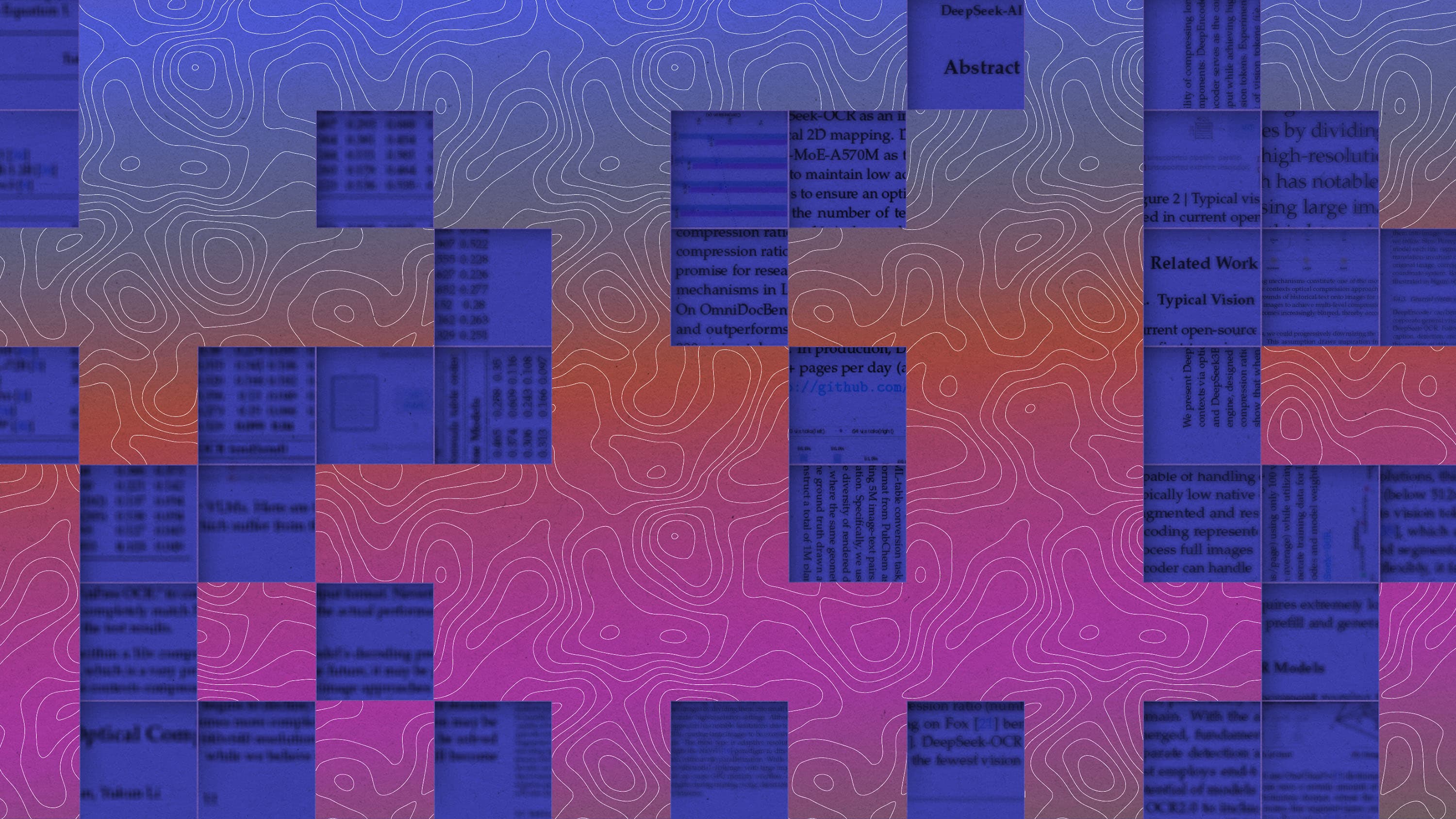DeepSeek-OCR Achieves 10x Text Compression, Fuels Karpathy's Call for Pixel-First LLM Inputs

San Francisco, CA – The recent introduction of DeepSeek-OCR, an innovative model capable of compressing textual information by up to tenfold, has intensified discussions within the artificial intelligence community regarding the future of Large Language Model (LLM) inputs. Prominent AI researcher Andrej Karpathy has emerged as a leading voice advocating for a paradigm shift, proposing that pixels, rather than traditional text tokens, should become the primary input modality for LLMs. This approach, he argues, promises enhanced efficiency and broader applicability for AI systems.
DeepSeek-OCR, developed by DeepSeek AI, leverages "Context Optical Compression" to convert pages of text into image form, achieving approximately 97% decoding precision even at a 10x compression ratio. This efficiency is realized through a two-stage system: a DeepEncoder for visual compression and a DeepSeek3B-MoE decoder for text reconstruction. The model demonstrates practical utility beyond basic OCR, capable of parsing complex elements like charts, chemical formulas, and multilingual documents.
Karpathy, a former computer vision expert, expressed his enthusiasm for the paper, stating, "I quite like the new DeepSeek-OCR paper. It's a good OCR model... The more interesting part for me... is whether pixels are better inputs to LLMs than text." He detailed several benefits of pixel-based inputs, including superior "information compression" for shorter context windows and a "significantly more general information stream" that naturally incorporates visual attributes like bold text, color, and arbitrary images. This visual approach also enables more powerful bidirectional attention processing.
A central tenet of Karpathy's argument is the elimination of the "tokenizer," which he critically describes as an "ugly, separate, not end-to-end stage." He contends that tokenizers introduce complexities from Unicode and byte encodings, carry historical baggage, and present security vulnerabilities. By removing this intermediary step, Karpathy envisions LLMs processing information more holistically, interpreting visual elements like emojis as actual images with inherent meaning, rather than abstract tokens.
This development suggests a potential re-evaluation of how LLMs handle long contexts, moving towards a more visually-oriented processing pipeline. While DeepSeek-OCR primarily focuses on vision-to-text tasks, Karpathy’s broader vision suggests that even pure text inputs could be rendered as images before being fed to an LLM. He posits that "the User message is images, but the decoder (the Assistant response) remains text," hinting at a future where all LLM inputs could be unified under a pixel-first approach.